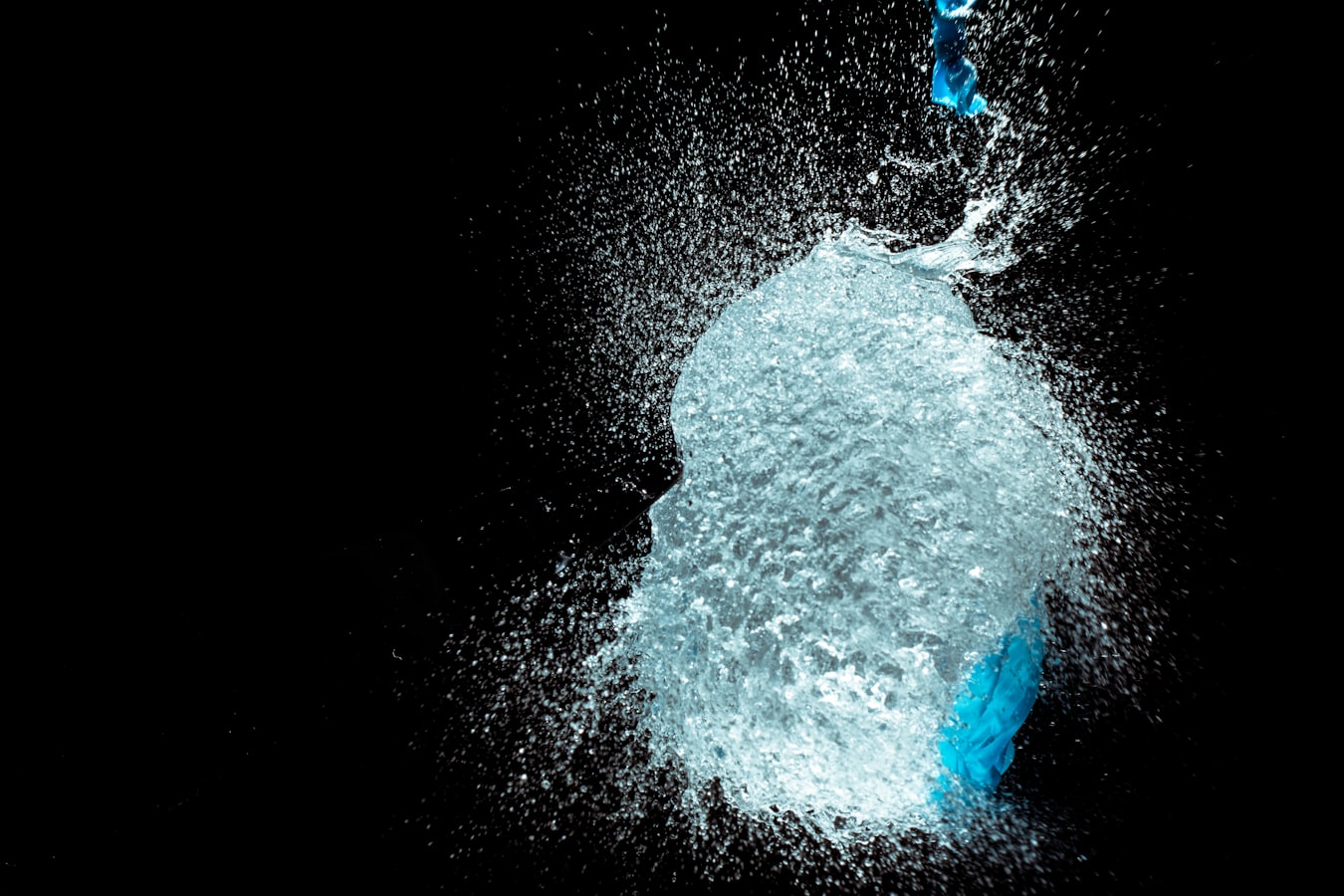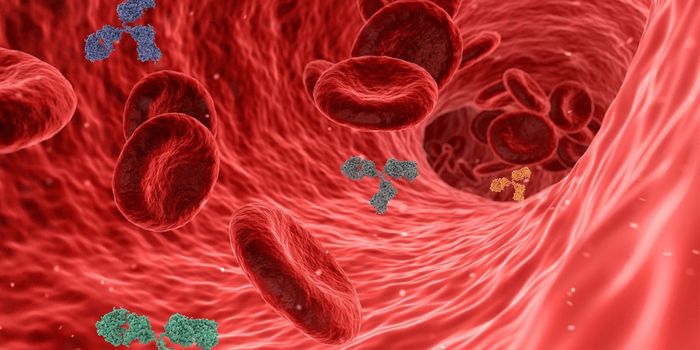MagLev: Telling Drugs Apart
Likely, a suspicious powder will be composed of illicit drugs but nothing is certain until confirmation. To do so, analysis must be quick and efficient and thus researchers at Harvard University have developed a technique that does exactly that. The simple technique, called magneto-Archimedes levitation (MagLev), can tell apart common street drugs in dilute mixtures. Findings of the study involving MagLev were published in the journal Angewandte Chemie and suggest that the technique may go beyond other drug identification methods, such as FTIR or Raman spectroscopy.
Learn more about illicit drug identification:
Synthetic opioids, such as mainly fentanyl, are substances involved with taking the lives of 30,000 people in US in 2017. Now, law enforcement is doing everything it can to assess the composition of powders in a fast and efficient manner and with the development of MagLev, the fight against the opioid epidemic will be strengthened.
The anatomy of the MagLev device involves two strong permanent magnets that flank a cuvette filled with paramagnetic gadolinium chelate complex—a chemical solution. Upon adding a mixture of powder, the different substances in the mixture will wander and equilibrate at different heights, like clouds, according to their density—this is known as ‘levitation’.
Researchers were able to identify the substances that have been separated which were prominent illicit drugs and other compounds, such as fentanyl, cocaine, heroin, lidocaine, caffeine, and methamphetamine.
So, how exactly does it identify different drugs? Through fractionation—in which an unknown fraction is compared with the known density of an illicit drug. However, there are limitations to the method including that the samples must be separated first as solid powders and should not be soluble in paramagnetic solution.
Researchers are hopeful that MagLev may soon can be commercially available to police and other law enforcement.
Source: Science Daily









